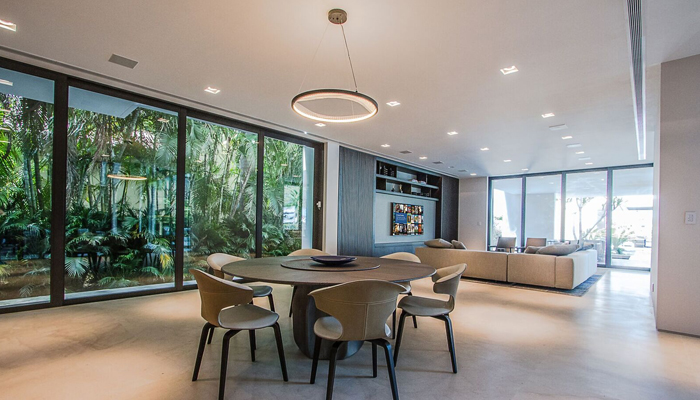Light is one of the most important, yet understated elements in our daily lives. Scientific studies have shown that the appropriate and proper lighting affect our daily moods. Can you imagine living in a world with no light? Or even in a world with inappropriate lighting?
Below are some lighting design tips and advice that we would like to share with you. It comes from years of experience in working with other professionals who are experts in the field.
The Four Types of Lighting
There are four basic types of lighting that can, and should be used to achieve the best lighting design. They are: ambient lighting, task lighting, accent lighting, and decorative lighting.
Ambient lighting fills the undefined areas of a room with a soft level of general light, enough for someone to navigate through the room.
Task lighting is a bright light that illuminates a particular area where a visual activity, such as food preparation, or reading takes place.
Accent lighting is similar to task lighting in that it consists largely of directed light. Accent lighting is used to focus attention on artwork, or architectural features, to help set a mood or provide drama in decorating your space.
Decorative lighting draws attention to itself, and can sometime be the centerpiece or focal point of a room. A Dining Room Chandelier is a perfect example. It is very important that you select the proper type of decorative lighting to create the environment you desire.
Rules for Lighting Design Planning
One basic, but often overlooked rule of efficient lighting is to put light where you need it. However, to insure an attractive, comfortable lighting atmosphere, you must also think about balancing light. It is essential to create an effective spread of light through each room and have it flow seamlessly between rooms. The best way to achieve this balance in a well-decorated room is to layer light sources. The first step to lighting design is to identify the main activity areas or the room’s focal points. Any room with multiple focal points will be the most visually interesting and balanced. This is where the brightest layer of light should be directed. The next step is a middle layer of light that provides interest in specific areas without detracting from focal points. The last layer fills in the background.
The first two layers are supplied by task and/or accent lighting, depending on what is being lit. The third and lower-level ambient lighting is usually indirect like that provided by wall sconces. Once the essential layers are in place the decorative pieces can be added.
Is it possible to add too much light?
Yes you can. When designing with light you must consider all light sources, including natural light. You must also take into account day and evening options.
If you over light a room, the effect will be harsh and uncomfortable especially at nighttime. If you have layered your lighting correctly you need not rely on your decorative pieces for light – lamps with dark or black shades, or chandeliers with dimmer switches are among the lighting options that can be added for fashion without over lighting your room.
Have Questions?
With over 20 years experience in residential technology design, our team of lighting and smart home designers can help take your home go from ordinary to extraordinary. Contact us today for free consultation.
Contact Us



